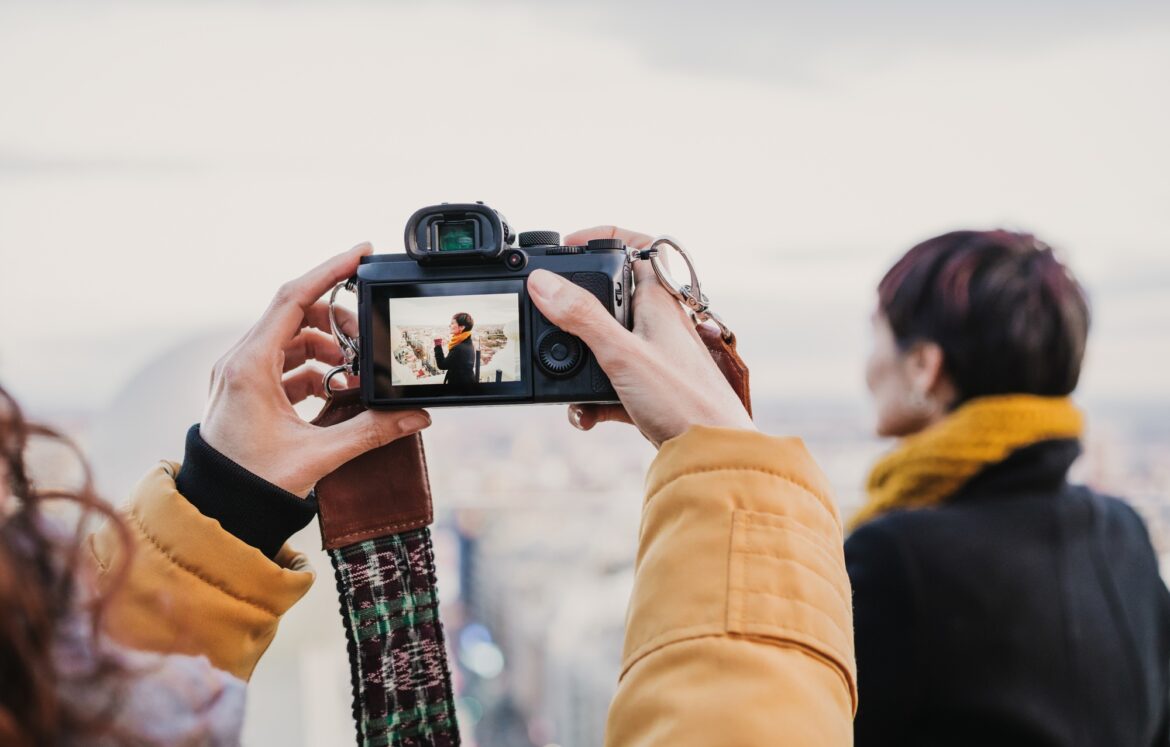Photography Tips to Capture the Spirit of a Place

Introduction
Travel photography is more than snapping pretty pictures. It’s about capturing the emotion, energy, and character of a place in a single frame. The colors of a bustling market, the way light filters through ancient streets at sunset, or the quiet hush of a foggy morning in the mountains — these aren’t just visuals; they’re moments in time. And when you master how to bottle up those moments through a lens, you create lasting memories, not just images.
Good photography isn’t about having the fanciest gear or being a professional. It’s about timing, observation, and heart. A photo can freeze a second of luck — the perfect cloud, a spontaneous smile, the reflection you almost missed. Here are ways to capture not just what a place looks like, but what it feels like.
1. Follow the Light, Not the Crowd
Most people aim their cameras where everyone else does — the famous landmark, the obvious view. But places have moods that shift with light. The best shots often happen early in the morning, when streets are quiet, or during golden hour, when everything glows warm and soft. Light changes everything — it turns an ordinary alley into something magical or makes shadows dance in ways you didn’t expect.
Spend time observing how light moves through a location. Notice how a seaside town transforms at dawn compared to midday. Capture those contrasts. You’ll find your photos tell richer, more honest stories than the standard postcard shots.
2. Focus on Details and Imperfections
Sure, wide landscapes and towering monuments are impressive. But often, it’s the tiny things that reveal the heart of a destination — a cracked tile on a café wall, hand-painted street signs, or the weathered hands of a local vendor. Zoom in on these details. They tell quieter, more intimate stories.
Don’t be afraid of imperfections. A peeling poster, faded colors, or crooked lines often add texture and authenticity to your images. They remind viewers that this place is alive, worn by time, shaped by the people who live there. Capturing these elements makes your travel photography deeply human and relatable.
3. Time Your Shots, and Be Patient
In photography, timing isn’t just important — it’s everything. A good photo captures a moment you can’t repeat. Wait for the exact second when a fisherman casts his net, a child runs laughing through a square, or a wave crashes against the rocks. Be patient. Don’t rush your shots.
Sometimes, the best thing you can do is set down your camera for a while and watch. Learn the rhythm of the place. When you pick up the camera again, you’ll sense when something special is about to happen — and you’ll be ready to freeze it forever.
4. Engage with People, Respectfully
Travel photos feel empty without people. Faces, hands, gestures — these elements bring places to life. If you want to photograph locals, always approach with respect. A genuine smile, a polite request, or simply buying something from a vendor before asking makes a difference.
Candid shots can be beautiful, but portraits where people look directly into your lens often carry the most soul. You’re not just photographing a person; you’re capturing their story, frozen in a split-second interaction. These images, grounded in respect and timing, will mean more to you than any landscape.
Conclusion
Great travel photography isn’t about perfection or equipment. It’s about pausing long enough to notice the fleeting, beautiful moments that others miss. Light, timing, small details, and human connection — these are what give photos life. And when you capture the spirit of a place this way, you’re not just saving memories. You’re collecting pieces of the world, moments where luck and time intersect, to keep forever.








